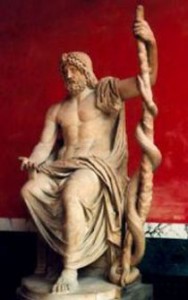‘A New Approach to Understanding Advaita as Taught by ´Sa ˙ nkara Bhagavadp¯ada’ – by Ramakrishnan Balasubrahmanian – 2
We saw in the 1st part of this Review the primary or prior, not to say exclusive, importance that the author, RB, gives to the superimposition of a subject, individual mind or jiva, on the self: “the superimposition of an observer is avidy¯a and is prior to the reverse superimposition” – not mentioning that Shankara does not talk of a ‘reverse process’, as if it was something happening through time, but of mutual superimposition of self and non-self. Period.
As we noted in the first part of this Review, RB ‘half’ concedes the point: “It is not completely incorrect to say that avidy¯a is the mutual superimposition of the real and unreal. ´ San˙ kar¯ac¯arya and Sure´svar¯ac¯arya do mention this … the superimposition of an observer on the inner-self naturally leads to the reverse process of superimposing the inner-self on the inner organ”. His objective in maintaining this priority of the subject in this ‘act’ seems to be to show that SSS is guilty of circularity (petitio principi, in logic). Even so, and rather surprisingly, he claims that avidya is not something subjective (neither is it ontic nor epistemic – see below). Continue reading

